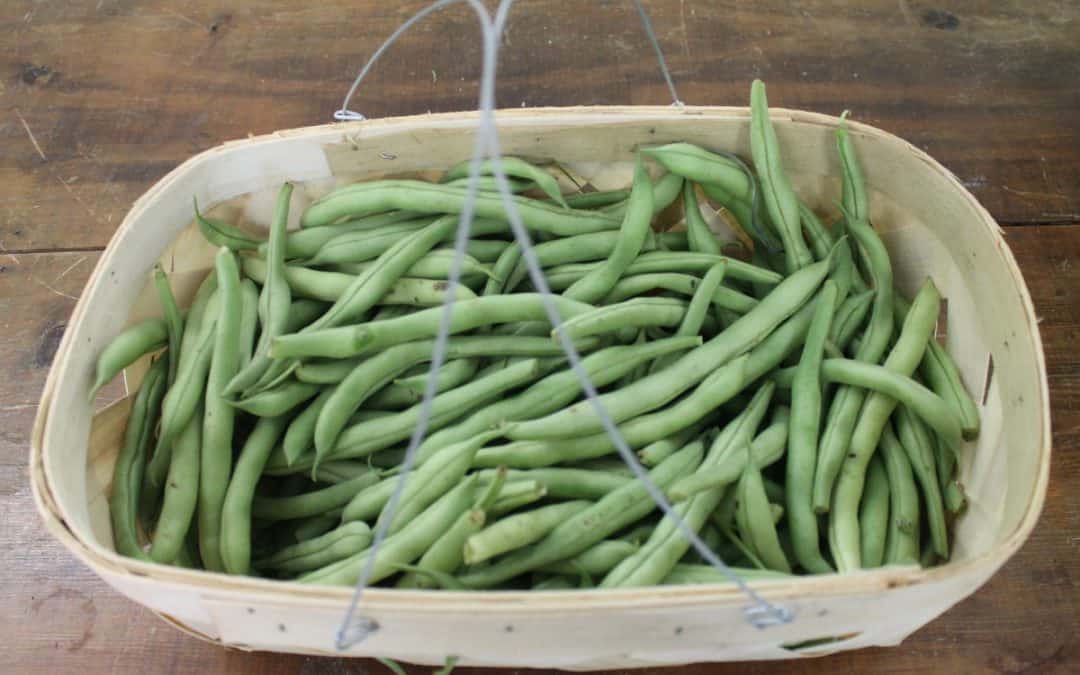Neptune’s Harvest – Best Bean Fertilizer for Sale?
First of all, you’re probably wondering just who bothers to fertilize beans? After all, legumes are amazing annuals capable of altering the very soil biology around them to access nitrogen. If the soil PH is 6-6.5 and there is microbial activity in the soil, your beans are capable of working with rhizobium bacteria to extract nutrients. So why would we even bother saying something like the best bean fertilizer for sale? The problem is, some of us don’t have living soils to work with. Because of the damage done by chemical fertilizers, we might have to give nature a bit of a boost on some farms. That’s why we are promoting natural, soil-building products to America’s bean farmers.
Beans in Degraded Soil Respond Well to Organic Fertilizers
So, you might find yourself attempting to rehab a property from past soil damage. If that is the case, growing beans or other legumes might be a great way to reintroduce nitrogen and kick-start the biological process.

Your plants will send out roots and form nodules over the course of a season. Because of this, it is advisable to leave the root structure in place to decompose. The decomposed beans will provide nitrogen for your next rotation of crops in the subsequent season. Be sure when you are looking for a good bean fertilizer for sale, that you consider the damage chemical fertilizers can do to microbiology. All of our recommended products are natural. They feed soil biology.
Root Applications: Per-Acre Mix Ratio
1 quart Natural Kelp, 1 gallon Natural Liquid Bonemeal and 25 gallons of water. Apply once a month. Or, if you plan to foliar feed, just apply at planting along with 1 quart of Natural Fertilizer 2-3-1. Also, be sure to inoculate before planting!
Applying AGGRAND through Foliar Feeding
1 gallon 2-3-1 Natural Fertilizer and 40 gallons of water. Apply as a fine mist with enough solution to thoroughly cover leaves (increase spray volume as crop develops to ensure thorough coverage). If sufficient nitrogen is present (indicated by dark green leaves), substitute 1 quart AGGRAND Kelp and Sulfate of Potash and 20 gallons of water. Perform first application when plants are 3-5” in height. Repeat two to three weeks before first bloom when tiny hairs on the terminal leaves give plants a shiny appearance.
A third application to fresh-market green beans before the second flush of blooms stimulates the development of pods during late summer and early fall. Rates vary according to soil fertility and other inputs used. Higher dilution rates are more effective than lower dilution rates. Two or three lighter applications may be more effective than one heavy application. If other constraints only allow one trip over the field, do not exceed a 3 percent dilution rate (3 gallons of fertilizers to 97 gallons of water). To reduce susceptibility to attack of insects and disease-causing organisms, apply a per-acre mixture of 1 quart Natural Liquid Kelp and 20 gallons of water when signs of infestation become apparent.
Soil Application of Organic Fertilizer for Beans
2 gallons Natural Fertilizer and 40 gallons of water. Apply solution in spring or fall. Apply in spring and fall if soil is hard and low in organic matter, otherwise one pre-plant application is sufficient. Optimize results by adding 2 gallons Natural Liquid Bonemeal, 2 quarts Kelp emulsion and another 40-50 gallons of water to the mix.
Tell us what you think! Is ORGANIC the Best Bean Fertilizer For Sale?
If you like this article, feel free to share! Just be sure to link back to us.
Visit our HOMEPAGE!


